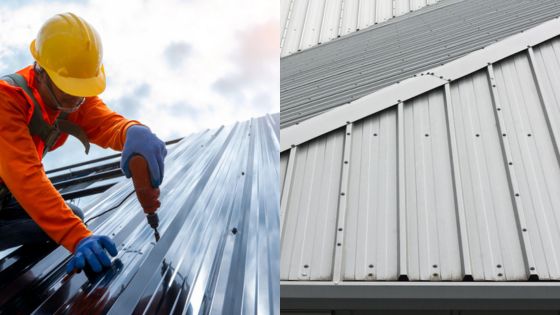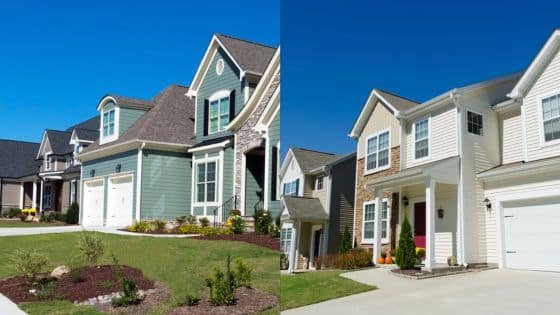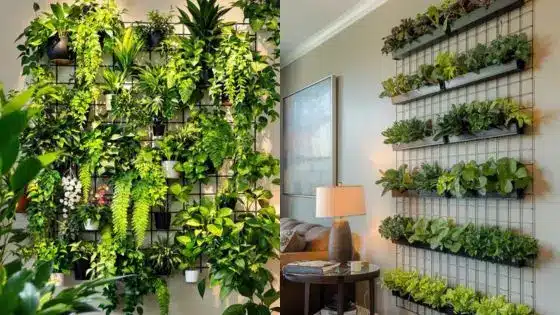The garage often gets overlooked in home maintenance, yet it plays a crucial role in both function and property value. Whether you use it as a workshop, storage area, or entryway, your garage takes a lot of abuse from vehicles, moisture, seasonal temperature swings, and heavy foot traffic. Over time, these factors cause wear and tear that can compromise both aesthetics and usability. Knowing when it’s time to restore your garage isn’t always obvious, but recognizing key warning signs can help you protect your investment and improve daily convenience.
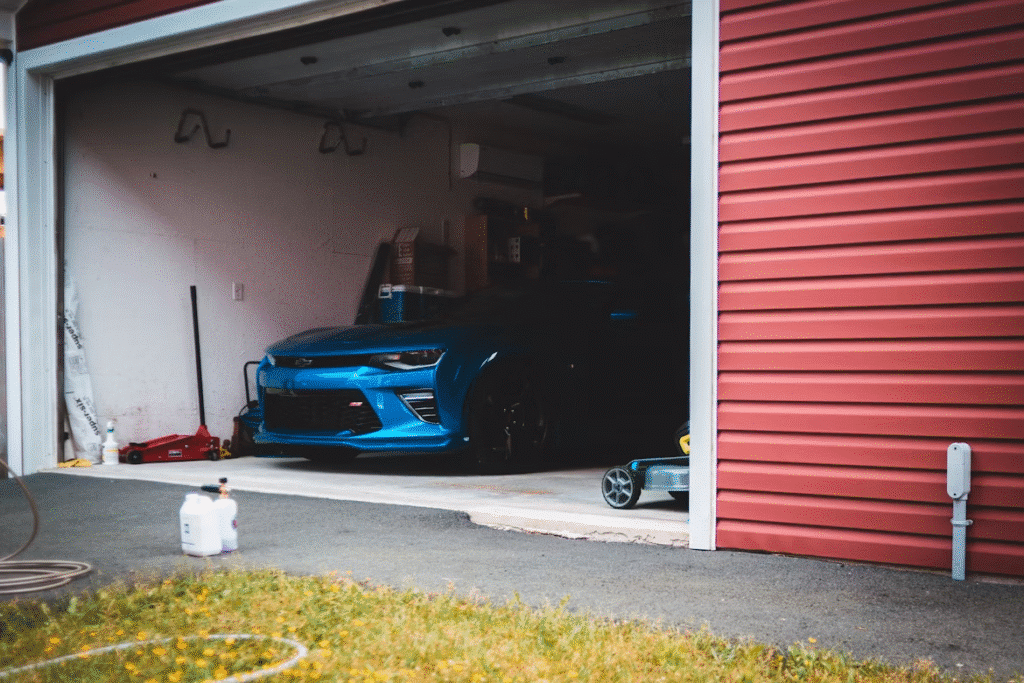
Cracks in the Floor Keep Growing
Many homeowners ignore small cracks and discoloration on their garage floor until they escalate into major structural issues. The floor is one of the most vulnerable parts of your garage, exposed constantly to weight, salt, water, oil, and temperature changes. When these elements begin to break down the concrete, it weakens the overall stability of the space.
Hairline cracks can be cosmetic, but larger fissures, shifting slabs, or areas where the surface crumbles under pressure indicate serious damage. One of the most important aspects of garage restoration involves repairing cracks in your garage floor to prevent moisture from seeping in and further degrading the foundation. Ignoring these flaws can lead to mold, uneven flooring, and even vehicle alignment problems. Addressing the issue early can save thousands in long-term structural repairs.
Over time, small flaws in your garage floor can grow due to repeated freeze-thaw cycles, heavy loads, and chemical exposure from automotive fluids. Repairing these cracks not only prevents future complications but also prepares the surface for sealants or coatings that extend its durability. Restoring the floor may also improve drainage, enhance safety by eliminating trip hazards, and increase the resale value of your home. Many homeowners find that updating their garage floor adds an unexpectedly polished look to the space.
Visible Damage to Doors or Walls
Visible damage to garage doors, walls, and windows is another clear signal that your garage may need attention. Dents, rusted hinges, broken weather seals, and peeling paint are more than just cosmetic flaws—they can signal deeper decay. If left unaddressed, they can compromise energy efficiency and even let pests inside.
The garage door, in particular, is a critical feature. It endures daily use and must function smoothly for safety and convenience. If your door creaks, shakes, or doesn’t close properly, it might be time for a full replacement rather than a simple tune-up. Wall damage from moisture or pests can point to insulation failures or foundational issues. Restoring these elements ensures your garage remains secure and weather-tight.

Cosmetic damage can also hint at structural movement or water intrusion from above. Water streaks around window frames, rotting wood trim, or stains along the bottom of drywall panels might mean your garage is no longer sealed effectively. If light filters through around the door or windows, you’re losing heating and cooling efficiency as well. Restoration can include installing new framing, weatherproofing, or even upgrading to energy-efficient windows and doors.
Humidity and Poor Ventilation
If you’ve begun to notice that your garage smells musty or feels damp even in dry weather, this could indicate ventilation or insulation issues. Garages often have minimal airflow, and poor circulation traps humidity inside. Over time, this fosters mold growth and can corrode tools, shelving, and stored belongings.
Insulation breakdown often goes unnoticed because it’s hidden behind walls, but it has a big impact. Cold drafts in winter or sweltering heat in summer are signs the insulation isn’t doing its job. Restoration in this case might involve replacing old fiberglass batting with spray foam or rigid board insulation and installing vents or exhaust fans to increase airflow. These upgrades make the garage more energy-efficient and comfortable year-round.
When insulation is missing or outdated, the energy inefficiency isn’t just uncomfortable—it can increase utility bills, shorten the life of stored items, and even impact adjacent rooms in your home. Restoring this part of your garage is one of the smartest upgrades you can make. In many regions, modern codes require garages to meet insulation standards, especially when they connect to living spaces. Adding vapor barriers and sealing seams improves performance and can make a garage usable for everything from workouts to woodworking.
Disorganization and Storage Failures
Your garage should be more than a dumping ground—it should be a usable space. If it’s become cluttered, disorganized, or impossible to navigate, it might be time for a functional redesign. An unkempt garage makes it difficult to find tools, store seasonal gear, or park your car. It also creates hazards like tripping over cords or unstable shelves.
A proper restoration can involve custom shelving systems, ceiling-mounted storage racks, wall panels for tools, and labeled bins. Planning storage with intention increases usable space and encourages long-term tidiness. With some investment and a fresh layout, even a small garage can feel larger, cleaner, and more useful.
When organization systems fail, homeowners often end up buying duplicate tools or gear simply because they can’t find the original. That’s not only wasteful but frustrating. Restoration is the opportunity to build custom cabinetry, install a fold-out workbench, or even dedicate zones for hobbies or seasonal prep. Once storage is planned around your actual lifestyle, you’ll waste less time and enjoy the space more. This type of transformation can also support safety by reducing fire hazards and keeping paths to exits clear.
Bad Lighting or Outdated Electrical Systems
Garage lighting is another element often neglected until it becomes a real problem. If you find yourself fumbling with flashlights or struggling to see while working on a project, it’s time to upgrade. Dim, flickering, or outdated bulbs don’t just make the space unpleasant—they can also pose safety hazards.
Restoration may involve replacing fixtures, adding LED strips under cabinets, or installing motion-sensor lighting to enhance visibility. Electrical upgrades can also include new outlets, circuit expansions, or even EV charging stations. Good lighting and power access make your garage more functional and future-ready, especially if you plan to use it as a workspace or hobby zone.
Garage lighting upgrades not only improve aesthetics but also increase productivity for anyone using the space for mechanical work, woodworking, or home repairs. Bright, properly placed lights reduce eye strain and can deter pests who prefer dim, cluttered environments. Restoration can involve switching to daylight-balanced LED fixtures or task lighting that targets workstations. In older garages, replacing worn-out electrical panels during this process may also be necessary to meet modern code.
Signs of Pests or Infestation
Pest infestations are a subtle but serious sign that your garage is no longer properly sealed or maintained. If you’re noticing signs of rodents, insects, or other pests—chewed wires, droppings, nests—it’s time to investigate entry points and structural vulnerabilities. These invaders often exploit deteriorated weather stripping, cracked walls, or warped doors to gain access.
A full restoration will identify and eliminate these access points, often involving replacement of thresholds, sealing gaps with caulk or foam, and applying pest barriers. Once the structure is secure, pest control measures can be added as preventative protection. Eliminating infestations not only protects your home and stored items but also supports better health and cleanliness overall.
Unwanted animals bring more than mess—they can chew wires, damage insulation, and carry allergens or diseases. If pests have been a recurring problem, it’s time to invest in a more thorough restoration. This might include pouring a new slab, replacing damaged wall sections, or reworking your entire garage door system. A fresh restoration gives you peace of mind and prevents the recurring cycle of temporary pest fixes. When done properly, the garage becomes a sealed, stable extension of your home again.
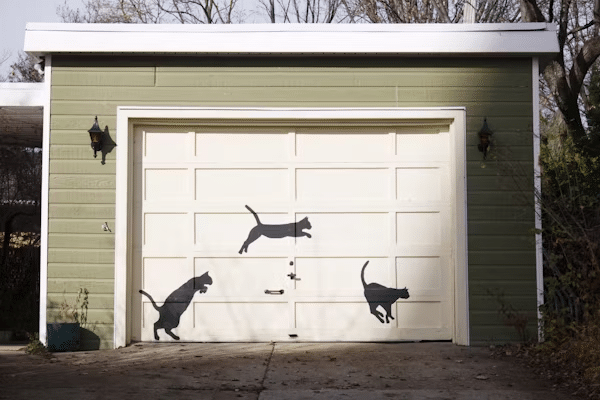
Restoring your garage isn’t just about fixing what’s broken—it’s about reclaiming valuable square footage, boosting safety, and increasing long-term value. By paying attention to these key warning signs and addressing them with smart upgrades, you can transform a tired, neglected garage into a clean, efficient, and durable asset that serves your home for years to come.
- 3shares
- Facebook0
- Pinterest0
- Twitter3
- Reddit0









